NEW YORK—Our most memorable experiences, the most blissful to the most tragic, seem to exist outside of time. “Time stood still,” we may say, recalling those moments. We may wonder, like astrophysicists from today back to the days of Aristotle 2,300 years ago, whether time exists at all. And if it does exist, how should we conceptualize it, or measure its passage? Today, we divide days into 24 hours, each of equal length. That was not always the case.
An exhibit of about 100 timeless objects, Time and Cosmos in Greco-Roman Antiquity at the Institute for the Study of the Ancient World (ISAW, a New York University affiliate), gives us an opportunity to contemplate our understanding of time by comparing it to that of the founders of Western civilization. It continues until April 23, 2017.
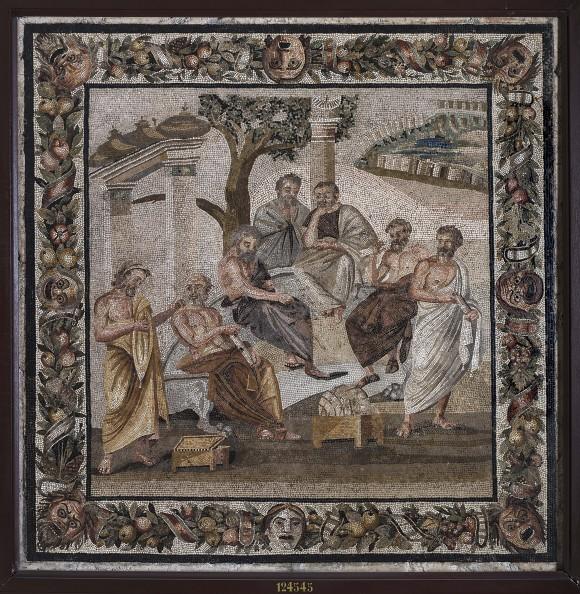
Today, time is measured by an atomic clock with an accuracy of a few billionths of a second, pulsing out to the world via the internet and GPS. If we did not have a watch, a clock, or any of our electronic devices with us, would we be able to tell if we were running late for an appointment?
If we were accustomed to discerning the time of day based on the length of our shadow, perhaps we would be on time—give or take 15 minutes. Yet a 15-minute delay is probably tolerated less today than it was 2,000 years ago, when it was possibly a moot issue, or at least perceived differently.
The ancient time-telling devices, such as sundials, water clocks, calendars, and surveying instruments, shown in the exhibit are fascinating because they give clues to a way of life in which the natural, spiritual, and personal worlds seemed to be seamlessly integrated.
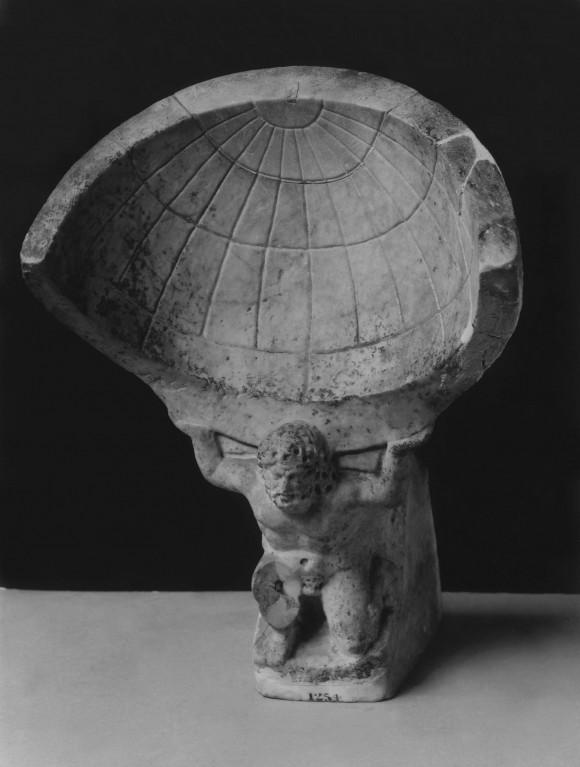
In Greco-Roman antiquity, sundials were everywhere. They could trace the sun’s daily course from rising to setting. Although they were not accurate enough to show quarter hours, they were accurate enough at the time, explains Alexander Jones, curator and interim director of ISAW, in the exhibition catalog.
As the ancients depended on sunlight and spent most of their time outdoors, the sun dictated the rhythm of their days. “The Greeks and Romans counted twelve hours from sunrise to sunset and twelve from sunset to sunrise. This meant that, except on the equinoxes, daytime hours were a different length from nighttime hours, and daytime hours were longer in the summer and shorter in the winter,” Jones explained.
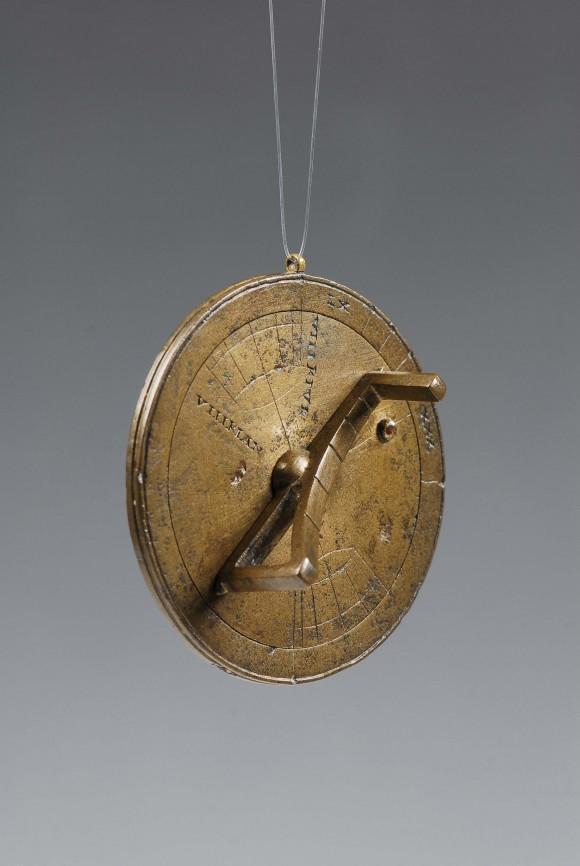
The exhibit features over a dozen sundials. A typical Greek design consisted of a concave spherical surface sculpted in a block of stone, with the tip of a shadow-casting metal rod located at the sphere’s center. The surface acted as an inverted but otherwise exact copy of the celestial sphere, on which the shadow point marked the sun’s current location. In the exhibit, some sundials are accompanied by iPads showing time-lapse animations of how they indicated the sun’s passage.
Other objects in the exhibit, including pocket-sized sundials, calendars, jewelry, coins, mosaics, and elaborate instruments, highlight the divine forces the ancients believed governed their lives.
Marble calendars with peg holes, like parapegmata, list the days in the solar year. Moving a peg from one hole to the next would indicate the current date and the appearance of constellations, solstices, and equinoxes, as well as auspicious days. Other, more complete calendars indicated astrology signs that we are still familiar with today.
Whether time exists or not and in however many dimensions—however you may want to think of it—we still need time to live, to eat, to sleep, to work, to love. Everyone has perceived time differently, and at different times, throughout the ages. Today, it seems to be running faster than ever before. Let’s remind ourselves of the ancient expression: “Carpe diem,” seize the day!
The Time and Cosmos in Greco-Roman Antiquity exhibition will continue at the Institute for the Study of the Ancient World through April 23, 2017. It is open Wednesday through Sunday from 11 p.m. to 6 p.m., with a late closing at 8 p.m. on Fridays. A free guided tour is offered each Friday starting at 6 p.m.
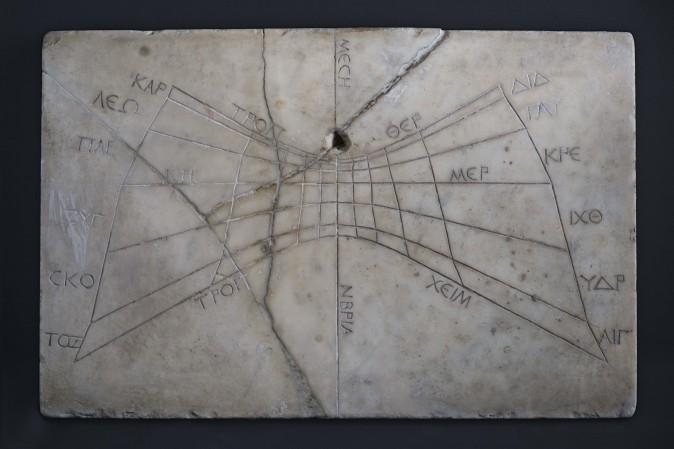
Exhibition Lectures
Jan. 26, 2017: Geographical Portable Sundials: Reliable Instruments or Roman Fashion Statements? by Richard Talbert, University of North Carolina
Feb. 27, 2017: Time and Cosmos in Greco-Roman Astrology by Stephan Heilen, University of Osnabrück
April 6, 2017: A Portable Cosmos: The Antikythera Mechanism by Alexander Jones, ISAW
All at 6 p.m. in the ISAW Lecture Hall.
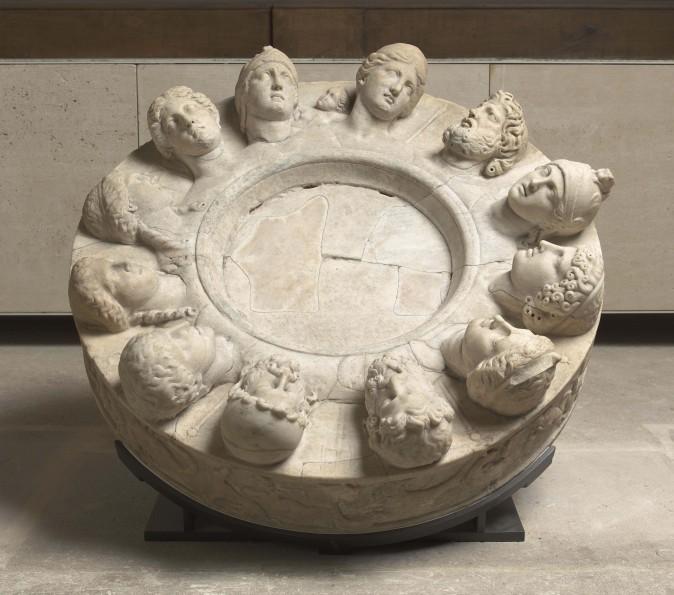


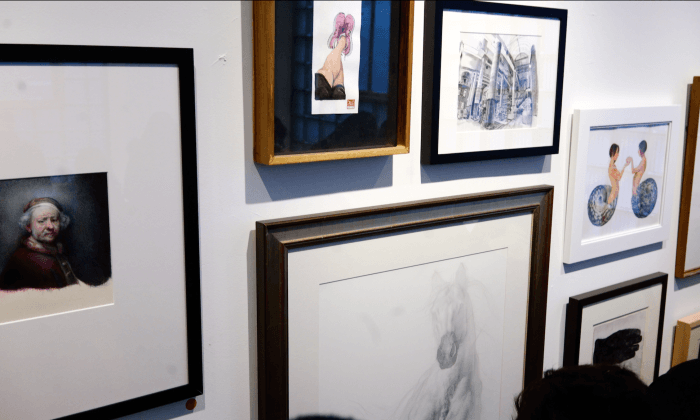
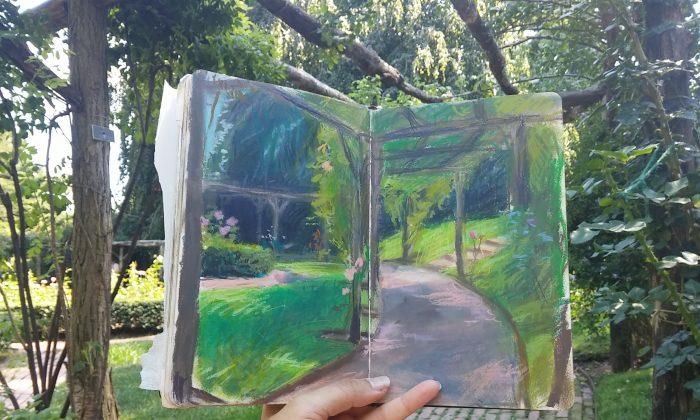
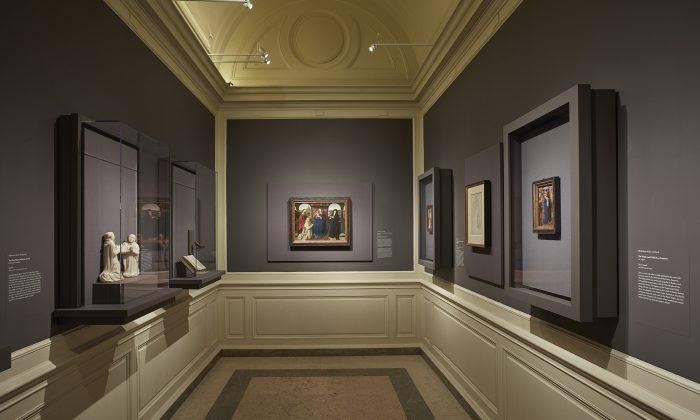
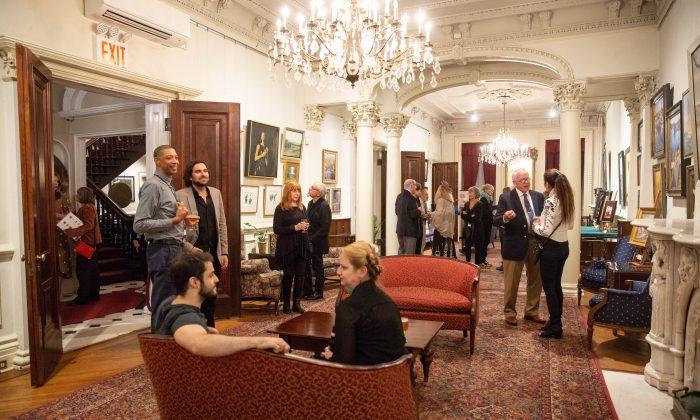
Friends Read Free